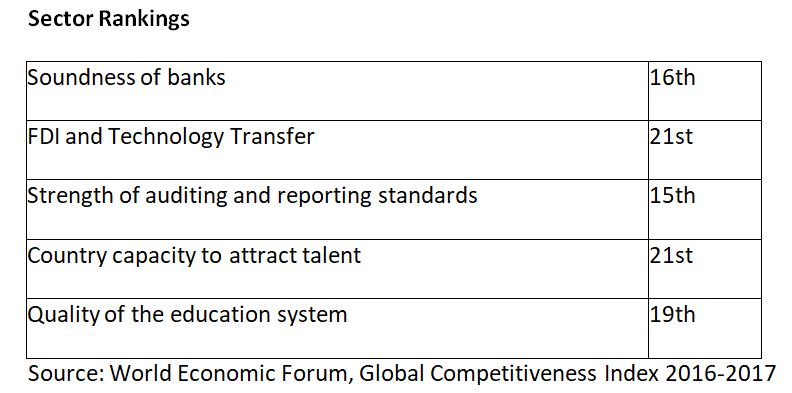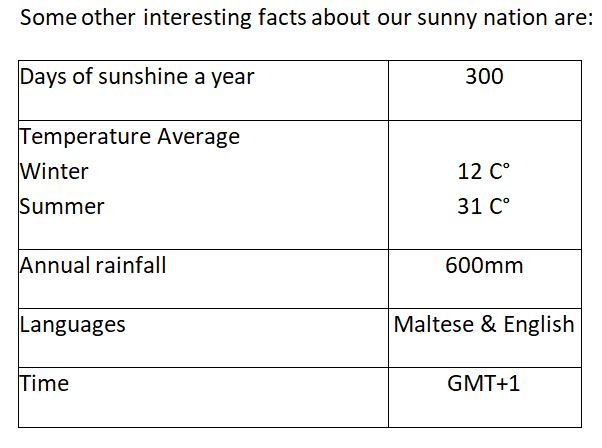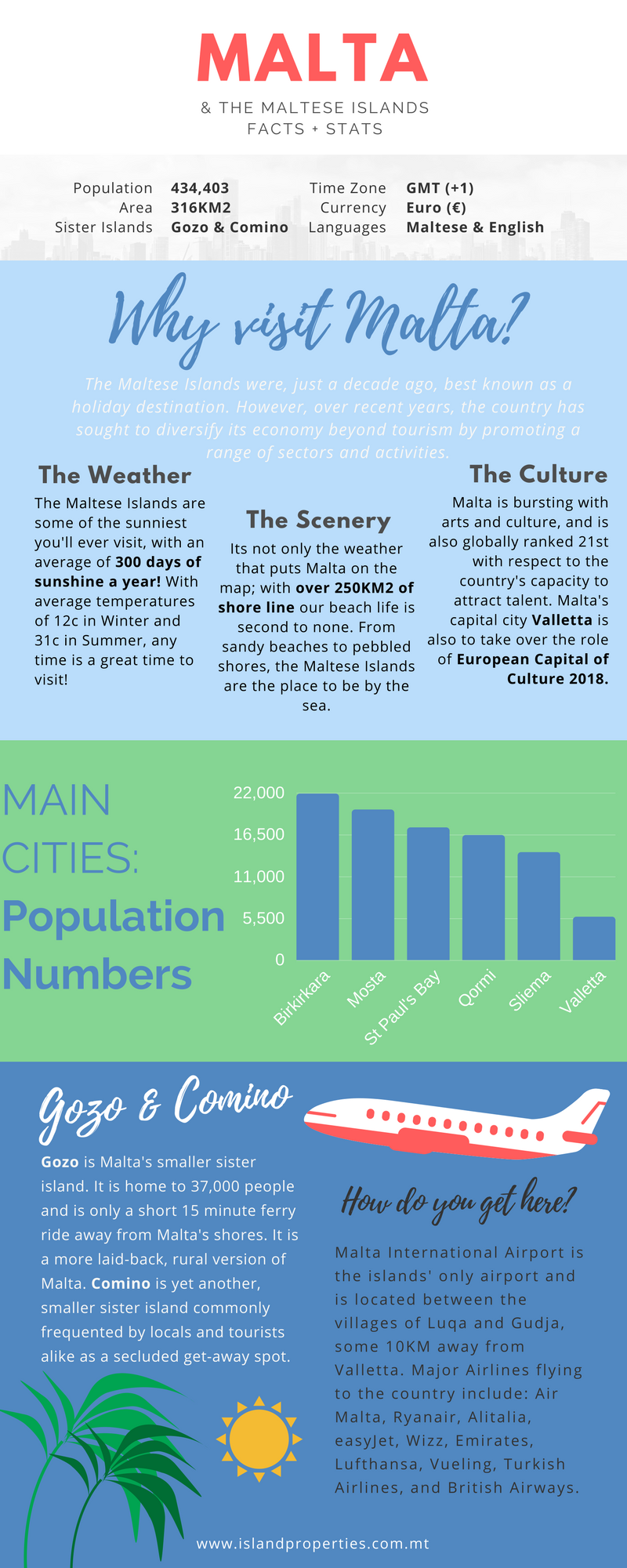
The Maltese Islands were, just a decade ago, best known as a holiday destination. However, over recent years, the country has sought to diversify its economy beyond tourism by promoting a range of sectors and activities. With an area of 316KM2 and a shore line that extends over 200KM2, Malta is the ideal location to enjoy life as an islander as the country is blessed with over 300 days of sunshine a year.
Although small, with a population of just under 435,000, Malta and the Maltese islands still rank within the top half of the world when it comes to; banking, talent, education, and many other fields.
City Highlights
Valletta is the capital city of Malta and its streets are filled with historic and cultural significance. The city was built by the Nights of St John in the 16th Century. While Valletta has long been the country’s political centre and a must-see destination for history lovers, the development of new bars, boutique hotels, and restaurants are underway in order to lure more of an array of people when the capital city takes the role of European Capital of Culture for 2018.
Sliema & St Julians were once just small, simple fishing villages but that has not been the case for a while! These once quiet cities are now the most popular of their kind, hosting five-star hotels, apartment complexes, luxurious restaurants and shopping complexes. Both cities are connected via a long promenade that overlooks many rocky beaches, play grounds, gardens, and sea-side bars and restaurants. While St Julians is home to a small enclave of nightlife called Paceville, Sliema seems to be the most popular place to live amongst the island’s expat community.
Although fairly small, the archipelago that is the Maltese Islands packs a punch! It is the ideal destination for so many different people; be it the adventurer, the beach-bum, the history lover, the nature-enthusiast, and many more!





